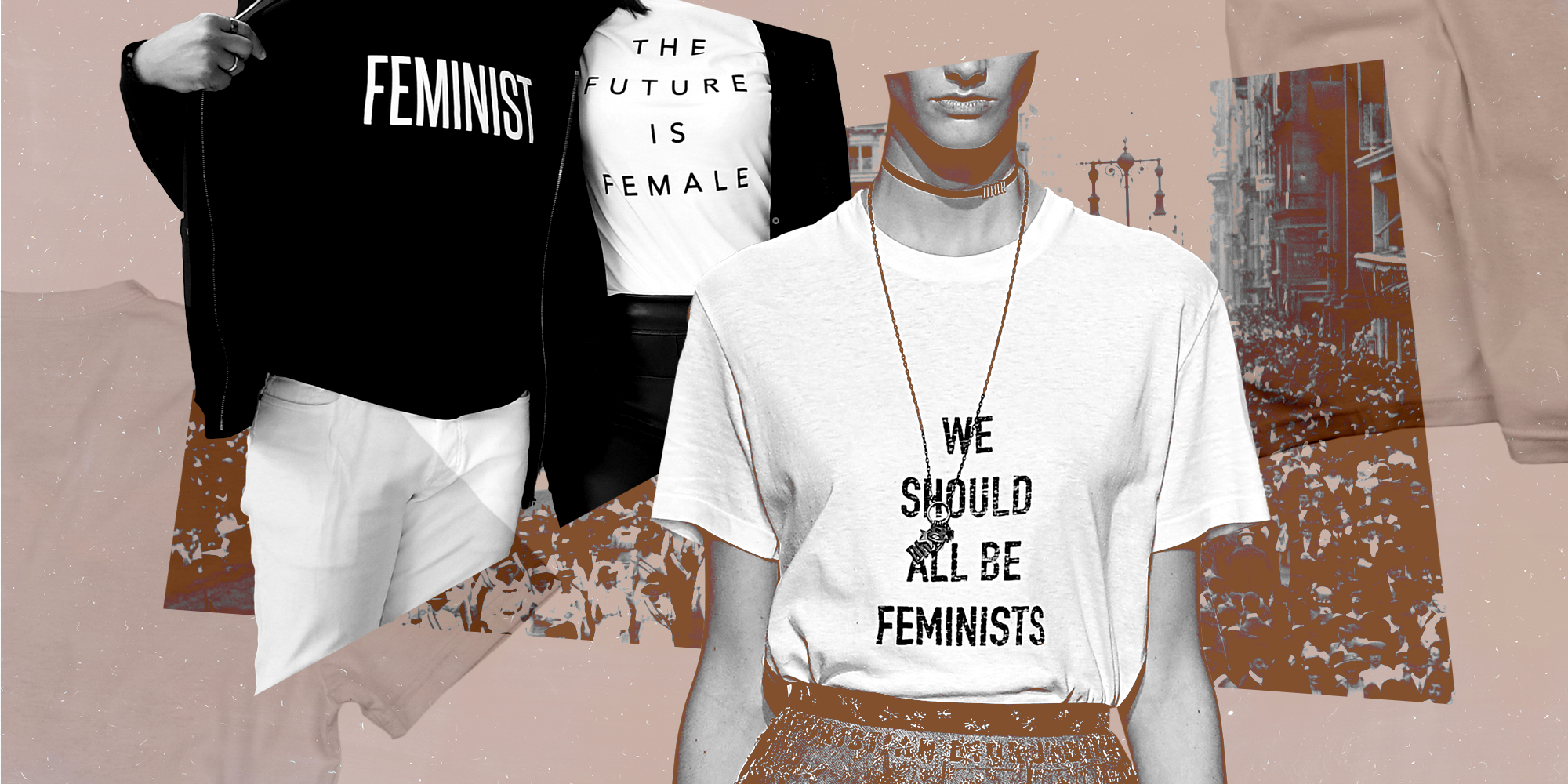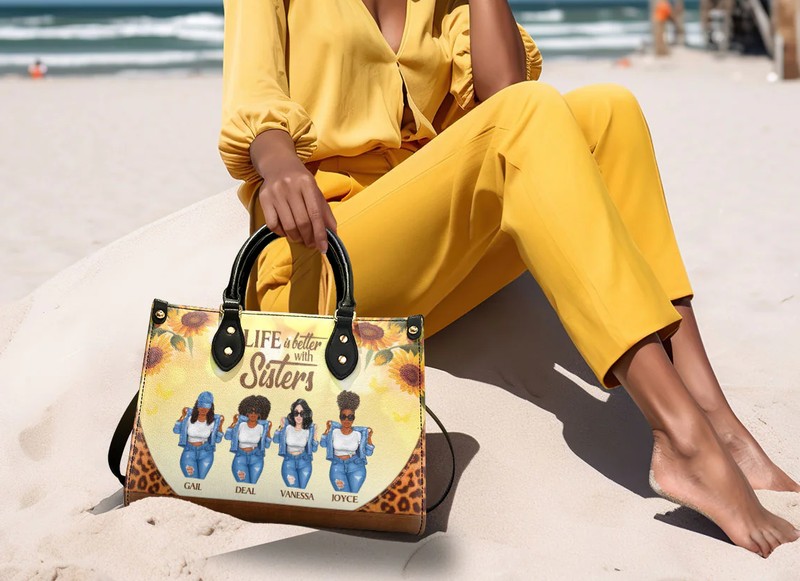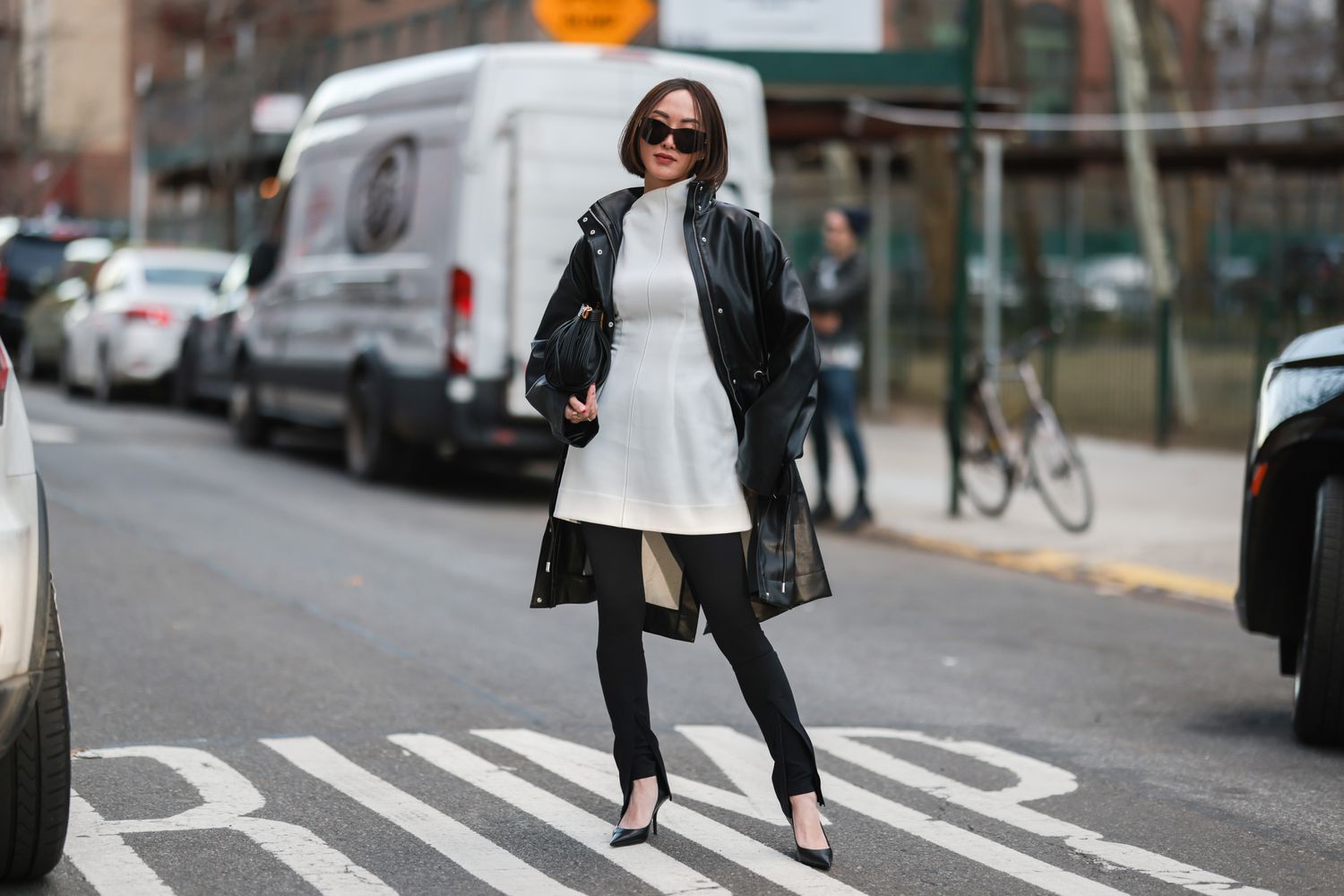In the realm of fashion, women’s t-shirts have evolved from simple undergarments to iconic wardrobe staples. The journey of these versatile garments reflects not only changing trends but also the empowerment and liberation of women. This article delves into the history, design diversity, and cultural impact of women’s t-shirts.
Women’s t-shirts have come a long way since their humble beginnings as underwear in the early 20th century. Gradually, they transitioned into casual wear during the mid-20th century. The feminist movement of the 1960s and 70s saw t-shirts becoming vehicles for expressing opinions and advocating for change. Since then, they’ve evolved to reflect various subcultures and fashion movements.
Design Diversity and Versatility
The beauty of women’s t-shirts lies in their design versatility. From classic crew necks to trendy V-necks, scoop necks, and off-the-shoulder styles, t-shirts cater to a wide range of preferences. Beyond silhouettes, graphic tees, tie-dyes, and statement prints offer endless opportunities for self-expression. Christian T-Shirts by Bant seamlessly transition from loungewear to chic ensembles, paired with anything from jeans and skirts to blazers and accessories.
Empowerment and Expression
Women’s t-shirts have become more than just clothing; they’re platforms for expressing identity and beliefs. Slogans, quotes, and graphics on t-shirts often reflect social and political issues, fostering important conversations. The ability to wear one’s values on a tee has turned them into a canvas for advocacy, promoting inclusivity, body positivity, and empowerment.
Cultural Influence
T-shirts have transcended cultural boundaries, becoming a universal fashion item. They’re worn by women of all ages, backgrounds, and styles. Women’s bamboo t shirts, they’ve infiltrated pop culture, becoming synonymous with casual-cool aesthetics seen on movie screens and music stages alike.
Conclusion
The evolution of women’s t-shirts reflects society’s progression, from their utility-driven beginnings to their role in promoting self-expression and social change. As fashion continues to evolve, these comfortable yet impactful garments will undoubtedly remain at the forefront of personal style and cultural influence.






